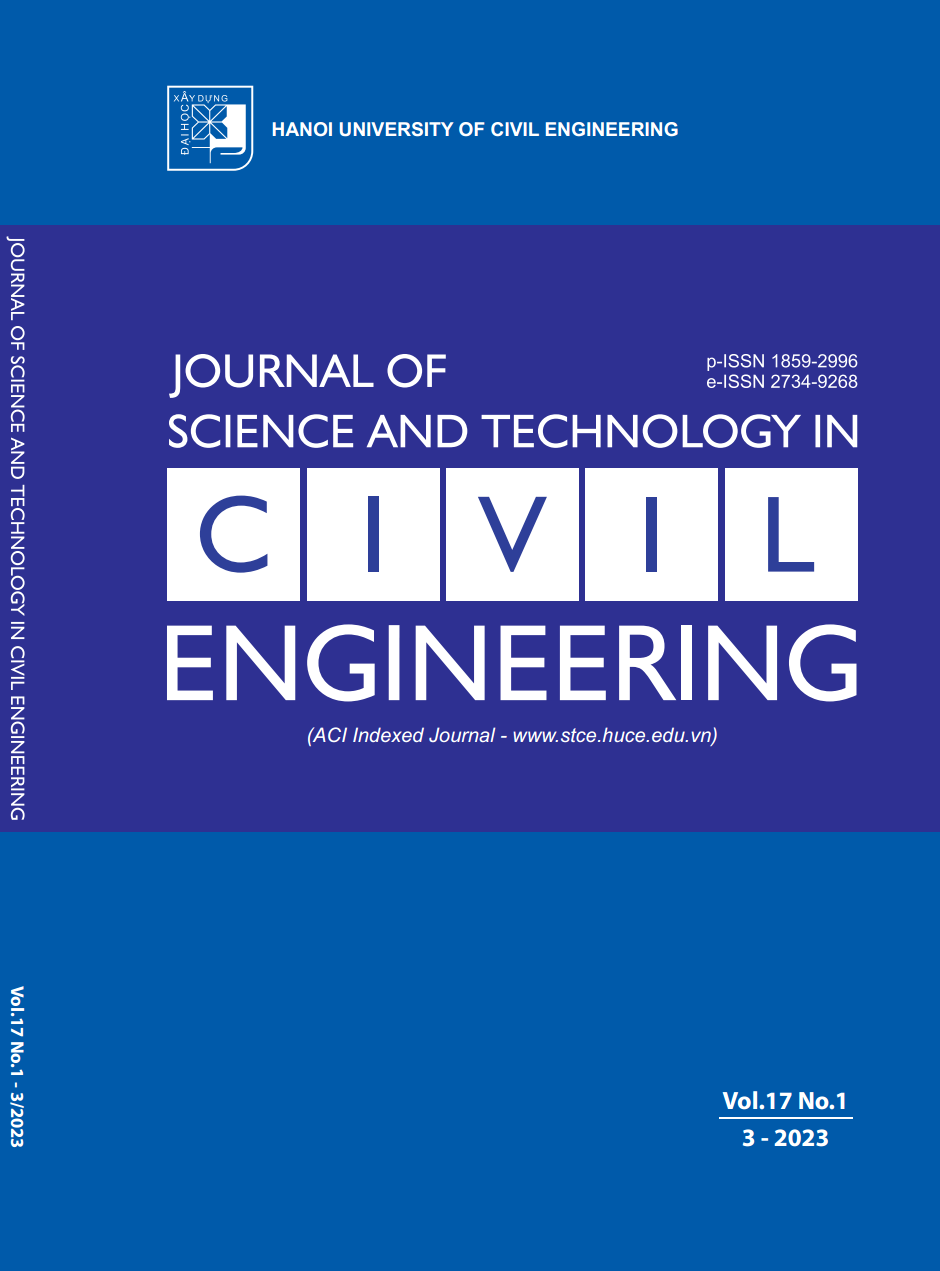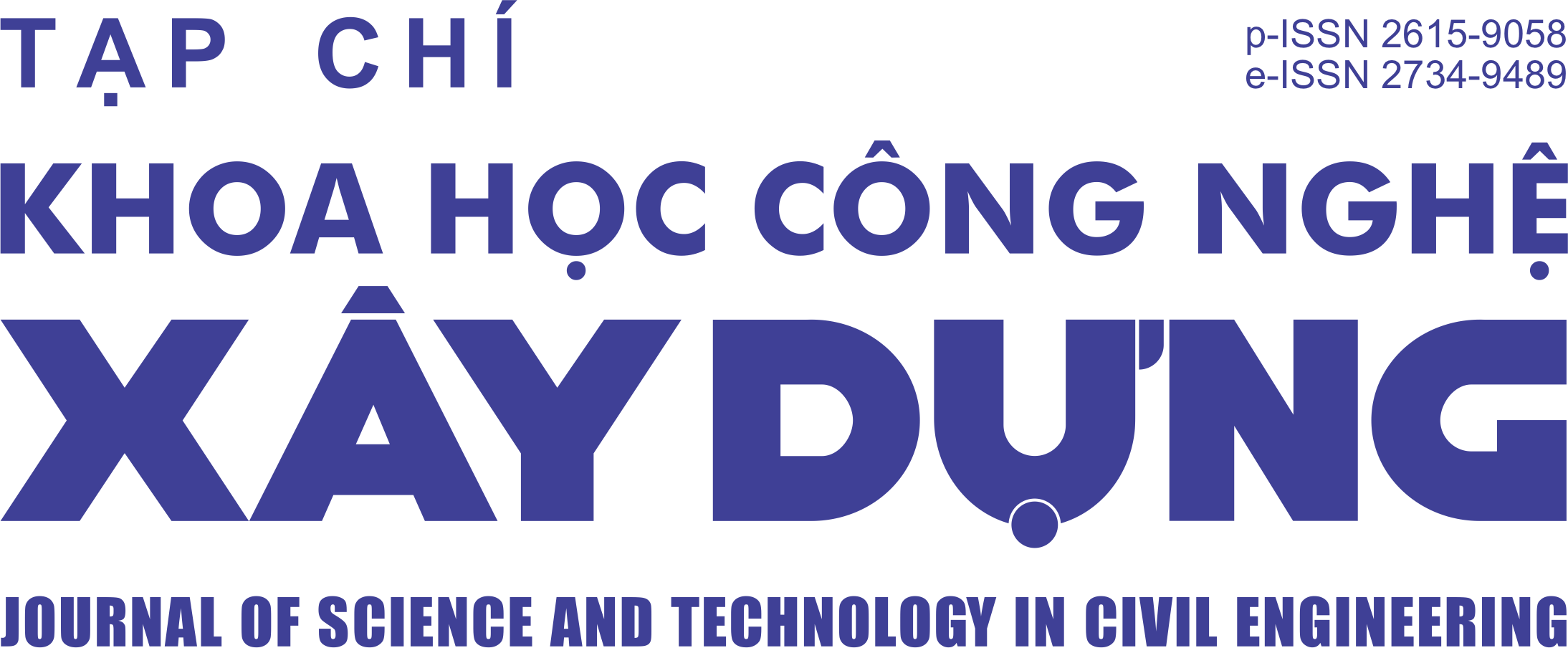Probabilistic evaluation of the axis distance’s influence on the flexural strength deterioration of reinforced concrete beams under ISO 834 fire
Abstract
The distance from the nearest concrete exposed surface to the centroidal axis of main longitudinal steel re-inforcing bars, so-called axis distance, plays a critical role in ensuring the safety of reinforced concrete (RC) structures under fire, as it helps the rebars not being directly exposed to heating in a fire incident. However, a large axis distance value could reduce the effective height as well as the beam’s flexural strength at ambient condition. In order to determine the appropriate values of axis distance, this article developes a data-driven method for predicting the flexural strength deterioration (FSD) of RC beams under ISO 834 standard fire based on the material and geometrical inputs. This method consists of two main stages: (i) Establishing a theoretical/experimental database by collecting experimental data from the literature; and (ii) Engineering a probabilis-tic model based on the Bayesian Neural Network. The results obtained show that the proposed approach is a practical tool that is capable of performing quick and reasonably accurate analysis such as degradation curves of FSD against exposure time. In addition, the uncertainty related to the prediction results is also evaluated, providing useful information for structural fire engineers to achieve conservative designs.
Downloads
Copyright (c) 2023 Hanoi University of Civil Engineering

This work is licensed under a Creative Commons Attribution-NonCommercial-NoDerivatives 4.0 International License.
1. The Author assigns all copyright in and to the article (the Work) to the Journal of Science and Technology in Civil Engineering (JSTCE) – Hanoi University of Civil Engineering (HUCE), including the right to publish, republish, transmit, sell and distribute the Work in whole or in part in electronic and print editions of the Journal, in all media of expression now known or later developed.
2. By this assignment of copyright to the JSTCE, reproduction, posting, transmission, distribution or other use of the Work in whole or in part in any medium by the Author requires a full citation to the Journal, suitable in form and content as follows: title of article, authors’ names, journal title, volume, issue, year, copyright owner as specified in the Journal, DOI number. Links to the final article published on the website of the Journal are encouraged.
3. The Author and the company/employer agree that any and all copies of the final published version of the Work or any part thereof distributed or posted by them in print or electronic format as permitted herein will include the notice of copyright as stipulated in the Journal and a full citation to the Journal as published on the website.







